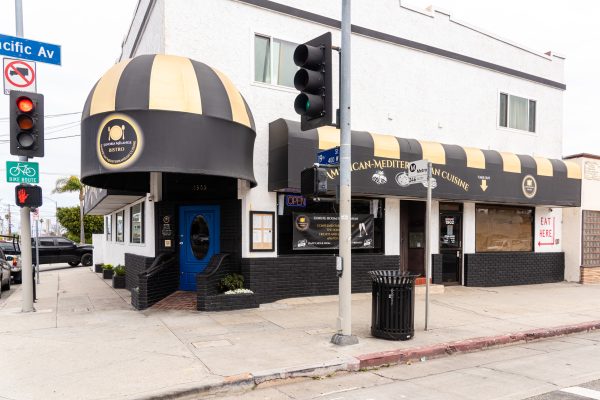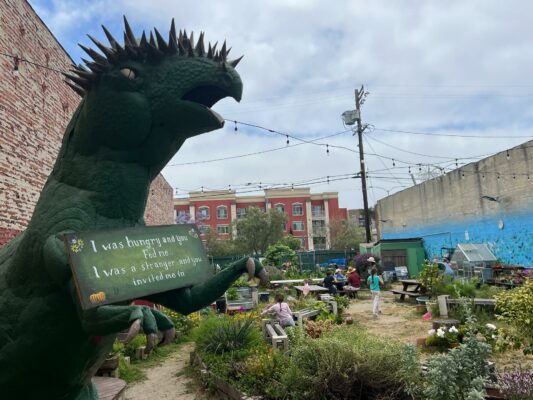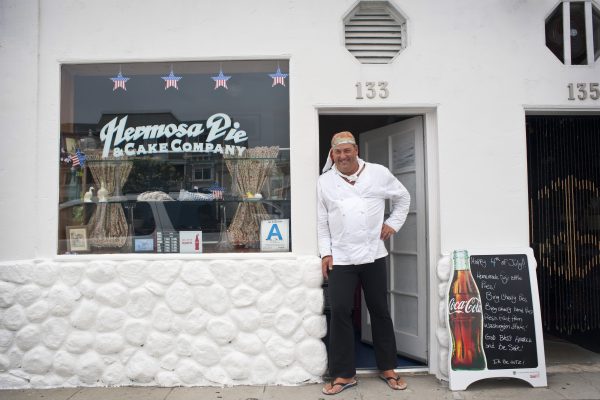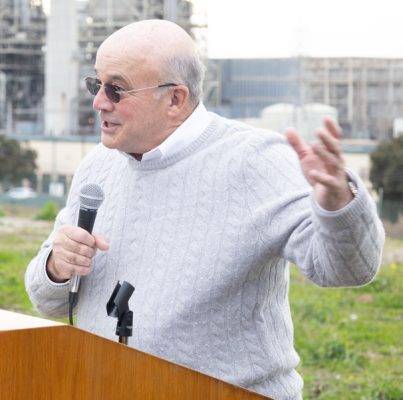“Drama and Devotion: Heemskerck’s ‘Ecce Homo’ Altarpiece from Warsaw”

Ten years ago, in connection with the Getty Center’s exhibition, “The Sacred Spaces of Pieter Saenredam,” I journeyed by rail to Utrecht and looked at or wandered through several of the churches that Saenredam documented through his meticulous paintings in the early- and mid-1600s.
In a related sense, one can travel to Dordrecht’s Augustinian church and step into the chapel where the “Ecce Homo” altarpiece created by Maerten van Heemsskerck was once placed, having been commissioned by a merchant of means and sheriff named Jan van Drenckwaerdt. The work was completed in 1544, and when today we stand in these quietly solemn enclaves and sanctuaries, there’s one thing to be borne in mind: torrents of water have passed under the bridge.
Time eventually tackles and takes down everyone and everything, but Mankind is often a too-willing accomplice. When we look behind the barricades of the French Revolution, for instance, we find that so much art, belonging to the nobility and the aristocracy, was confiscated and destroyed. So it was in 1566 when Protestant iconoclasts swept through the Low Countries and bonfired artworks they associated with Catholic worship. Several religious pieces by Heemskerck (1498-1574) were thus caught up in this fanatical mayhem.
Not only did Heemskerck’s “Ecce Homo” evade that conflagration, it never lost its original frame. The other altarpieces and related work that graced the Augustinian church vanished through the trapdoor of history.
“Ecce Homo” is on view at the Getty Center because the National Museum in Warsaw sent it over for scholarly research and conservation. An accompanying catalogue leads us through the conservation process, which was extensive and thorough, but aided by the marvels of the latest technology. For example, Heemskerck’s choice of pigments, when he ordered from the counter of his local apothecary or color supplier, might have affected how his work has borne up through the years, because the properties in some of the pigments fade or discolor much faster than others. Smalt, which is ground-up blue potassium glass containing cobalt as a colorant, has fading properties that may not have been realized at the time. Pilate’s tunic, in this case, would have originally appeared much more intense.
Although Heemskerck is not exactly a household name today, he was once revered for his mythological paintings, the altarpieces he created for guilds and for wealthy patrons. Although he predates Rembrandt, born 32 years after Heemskerck’s death, his work, not just paintings but also his prints, influenced his more renowned successor and many other artists as well.
We can see why when we leaf through the informative and generously illustrated catalogue by Anne T. Woollett, Yvonne Szafran, and Alan Phenix. Heemskerck’s “Passion” triptych, which depicts scenes from the life of St. Lawrence, is perhaps his most acclaimed extant work, and it can be viewed in Sweden’s Linköping Cathedral. Personally, I am swayed by his depiction of saints, virgins, his Erythraean Sibyl, and I adore his St. Margaret. They tend to be fair-skinned and fine-boned, graceful and noble in bearing and countenance.
In “Ecce Homo,” Jan de Drenckwaerdt, who commissioned the work, is shown on the left interior wing with St. John the Evangelist, while his late wife, Margaretha de Jonge van Baertwyck, is portrayed with St. Margaret of Antioch on the right interior wing. The central panel gives us Pontius Pilate as he presents Christ to the rabble below: Here he is, behold the man (ecce homo); now what shall we do with him? And the crowd is bloodthirsty and merciless.
Carefully, and let us assume lovingly, restored, the emotions and passions conveyed through Heemskerck’s painting reach us like a bullet piercing the centuries.
Drama and Devotion: Heemskerck’s “Ecce Homo” Altarpiece from Warsaw is on view through Jan. 13 at the Getty Center, 1200 Getty Center Drive, Los Angeles. A related free talk, Unfolding the Past: Altarpieces at the J. Paul Getty Museum, given by conservator Yvonne Szafran and curator Anne Woollett, takes place at the Getty Center at 7 p.m. on Thursday, Dec. 13. Call (310) 440-7300 or go to getty.edu. ER









